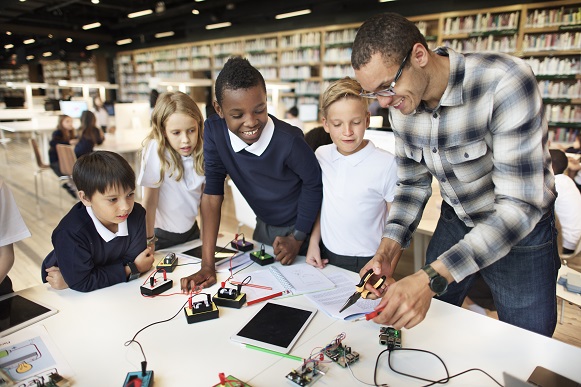Teacher Tip Tuesday: COVID-19 – Ideas for Instruction, March 31, 2020
An informal discussion focused on instruction of the COVID-19 disease for elementary and secondary teachers of science.
NSTA Teacher Tip Tuesday is a new online series from the National Science Teaching Association where teachers of science learn, share, and grow together through informal discussion on important topics in science and STEM education.
An informal discussion focused on instruction of the COVID-19 disease for elementary and secondary teachers of science.
NSTA Teacher Tip Tuesday is a new online series from the National Science Teaching Association where teachers of science learn, share, and grow together through informal discussion on important topics in science and STEM education.
An informal discussion focused on instruction of the COVID-19 disease for elementary and secondary teachers of science.
NSTA Teacher Tip Tuesday is a new online series from the National Science Teaching Association where teachers of science learn, share, and grow together through informal discussion on important topics in science and STEM education.
An informal discussion focused on instruction of the COVID-19 disease for elementary and secondary teachers of science.
NSTA Teacher Tip Tuesday is a new online series from the National Science Teaching Association where teachers of science learn, share, and grow together through informal discussion on important topics in science and STEM education.



